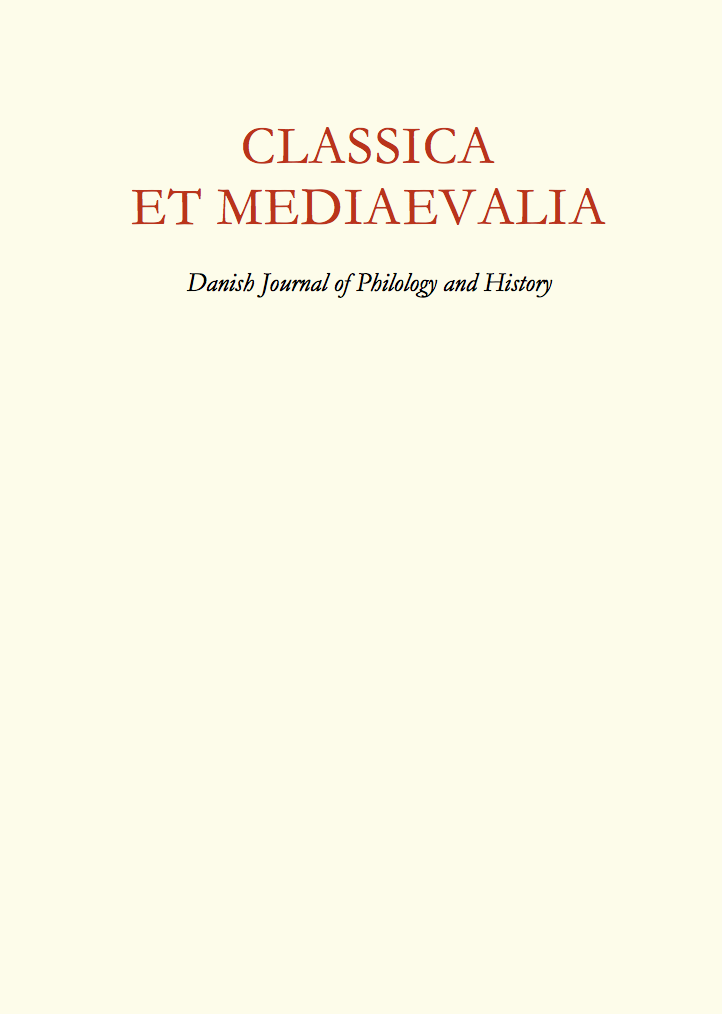Andersen's Code: Aristophanic Obscenity in Thumbelina
DOI:
https://doi.org/10.7146/classicaetmediaevalia.v69i0.122618Resumé
In his seemingly innocent fairy tale Thumbelina, Hans Christian Andersen makes two allusions to Aristophanes. One of them is quite explicit, as the author makes a toad produce the sound co-ax, co-ax, brek-ek-eke-kex, which is a quotation from the Frogs. The other allusion is less conspicuous. In one of the first sentences of Thumbelina, an object that a woman needs in order to beget a child is referred to as a barleycorn. As I argue, even though on the surface it can be explained in terms of magic typical for fairy tales, it can be also understood as an obscene allusion to the sexual act. This results from the ambiguity, well-known in Andersen’s time, of the word κριθή, which in Aristophanes’ comedies can mean either barleycorn or penis.
Downloads
Publiceret
Citation/Eksport
Nummer
Sektion
Licens
Authors who publish with this journal agree to the following terms:
- Authors retain copyright and grant the journal right of first publication with the work simultaneously licensed under a Creative Commons Attribution License that allows others to share the work with an acknowledgement of the work's authorship and initial publication in this journal.
- Authors are able to enter into separate, additional contractual arrangements for the non-exclusive distribution of the journal's published version of the work (e.g., post it to an institutional repository or publish it in a book), with an acknowledgement of its initial publication in this journal.
- Authors are permitted and encouraged to post their work online (e.g., in institutional repositories or on their website) prior to and during the submission process, as it can lead to productive exchanges, as well as earlier and greater citation of published work (see The Effect of Open Access).





